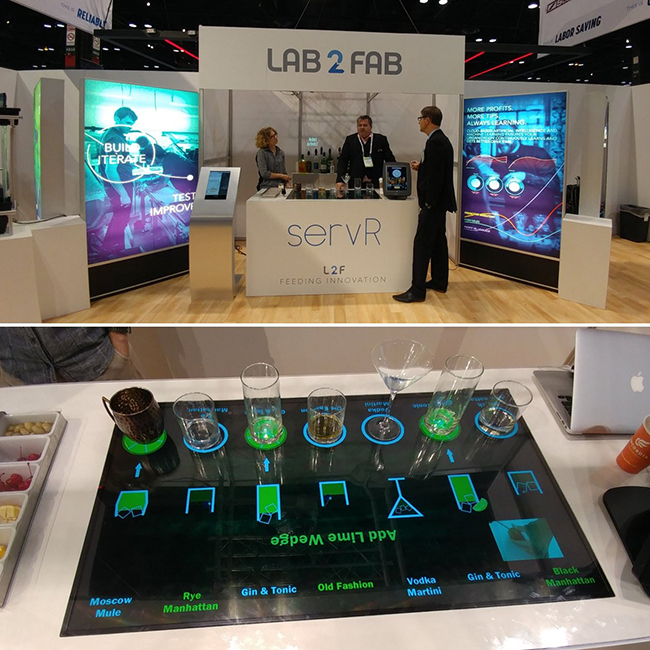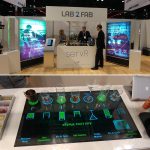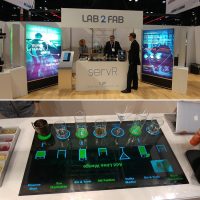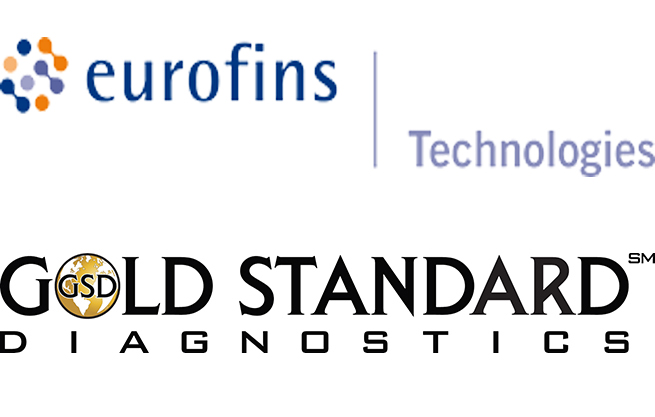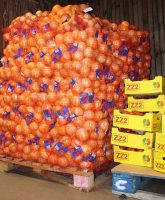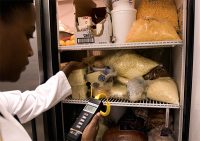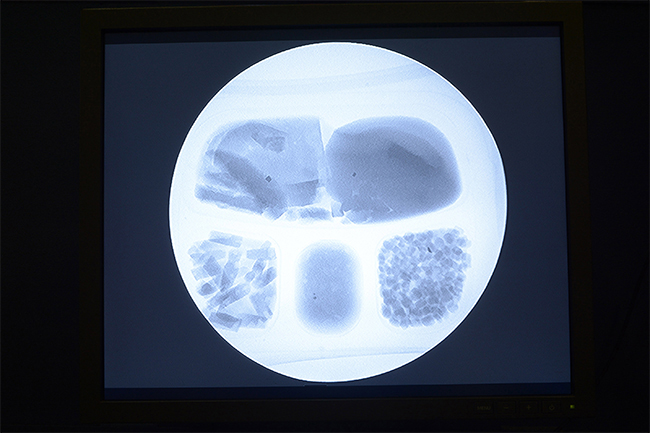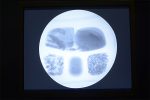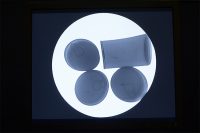Food and beverage professionals will agree that food manufacturing is a sector with conditions like no other. The industry is highly regulated because its products are for human consumption. Any deviation from strict control can lead to contaminated products with the possibility of outbreaks, illnesses and lawsuits.
Thus, maintenance managers in food manufacturing must contend with several unique challenges that come with multiple regulatory bodies, keeping highly automated and complex equipment running, and ensuring workers’ safety, all while producing hygienic goods.
This article will review three of the most common maintenance challenges being experienced in the food and beverage industry and some recommendations on how to deal with them.
1. Maintaining Complex Equipment
A typical food and drink processing plant today would be fitted with an array of complicated and highly sensitive equipment. From peeling machines to refrigeration plants and very complex packing machinery, every component demands constant attention.
Each one of these assets is part of a fast-moving production line that require specialized skills to monitor and keep in peak operating condition. In addition, this industry is under constant pressure to both improve and modify existing machinery, while also adopting new technology (especially automation).
Many food processors need to run their production 24/7 to stay competitive. It is apparent that the maintenance team has a lot to handle under such conditions,
To maintain the highly automated systems and keep equipment running optimally, food production and maintenance managers must stay on top of new techniques. They need to research, provide ideas and adopt newer and better maintenance strategies. Although it’s expected that there would already be some maintenance schedule in place, just any old routine will not work.
Imagine trying to run such a sensitive system on reactive maintenance alone where components are left to fail before repairs are carried out. Downtime would be disproportionately high and the enterprise runs the risk of shortening the lifespan of their assets. Instead, it is advisable to switch from reactive to preventive maintenance or look to implement any of the other proactive maintenance strategies like predictive maintenance or reliability-centered maintenance.
A proactive maintenance strategy is the most straightforward way to improve overall maintenance operations that will keep downtime and the associated stress of loss of revenue to the minimum.
2. Extremely Hygienic Workplace
Because they make products for human consumption, food and beverage manufacturers must enforce hygienic practices and maintain their equipment under the highest standards of food safety.
Failure to do this can lead to many serious problems like producing contaminated food, product recalls, foreign material complaints, lawsuits, outbreaks and infections (botulism, E. coli, Listeria, etc.).
To avoid the above, food and beverage manufacturers should pay attention to the following:
- Pest control. Adopt pest detection, monitoring and control with or without the use of chemicals. Where chemicals are used, there should be extra care to avoid food and drink contamination.
- Cleaning. Constant cleaning and disinfection is necessary to maintain high hygiene standards and reduce any risks of foreign materials complaints and foodborne illnesses outbreak. Cleaning also helps prevent injuries to workers particularly in the processing and packing areas where the risk of slips, trips and falls increases due to wet floors. Wet floors alone account for the second highest cause of injuries in the food industry, according to Health and Safety Executive.
- Personal hygiene. Establish written and strict protocols for personal cleanliness of staff that include the use of Personal Protective Equipment (PPE).
- Waste management. Prompt removal of waste materials to control odor and deter pests and rodents.
- Overall maintenance. Adopt proactive maintenance schedules for the entire plant and all food processing machinery.
- Staff training. Employees should be educated and trained for their own safety and to preserve the integrity of the plant and its products. This is vital for success because procedures will only be as good as the team that will implement them.
3. Compliance With Regulatory Standard
Manufacturers of edible products are subject to the regulations imposed by the relevant authorities in every country in which they operate. This means food and beverage manufacturers must:
- Deal with a wide range of regulations regarding food safety.
- Ensure strict enforcement with policies and procedures that could vary from country to country.
For example, manufacturers in the United States are subject to USDA Food Safety and Inspection Service (FSIS) regulations and those of the FDA. Food and drink processors in the UK are regulated by the Food Standards Agency.
Officials from these agencies are authorized to carry out unannounced routine inspections or complaints-based inspections. There are some critical food safety non-compliance issues they typically look out for. Maintenance managers must be aware of them and they include:
- General cleaning. To minimize the risk of food contamination.
- Machine safety. Machinery must be safe to use, all electrical faults should be corrected quickly, and any safety guards must be in place. Safety breaches in this regard can lead to serious injuries. An example is this 2014 case involving food giant Henz and a maintenance engineer where the employee lost an arm in an unguarded potato peeling machine.
● Food Safety. Machinery must run efficiently, be clean, keep food and drinks at the right temperature, be free of rust, etc.
● Pest Control.
To thrive in this industry, organizations need to be fully aware of the regulations appropriate to their kind of business and the risks under which they operate. The risk of contamination is ever-present but unfortunately, the nature of the business means this risk can not be completely eliminated.
One route for managing these challenges is a proactive and well-implemented preventive maintenance strategy supported by a computerized maintenance management system (CMMS) and properly trained staff. CMMS is designed to help you schedule, monitor, and automate your proactive maintenance work which enables you to stay in complete control of your maintenance operations at all times.
Such a well-maintained plant will be cleaner, last longer, run smoothly and generally perform more efficiently.







